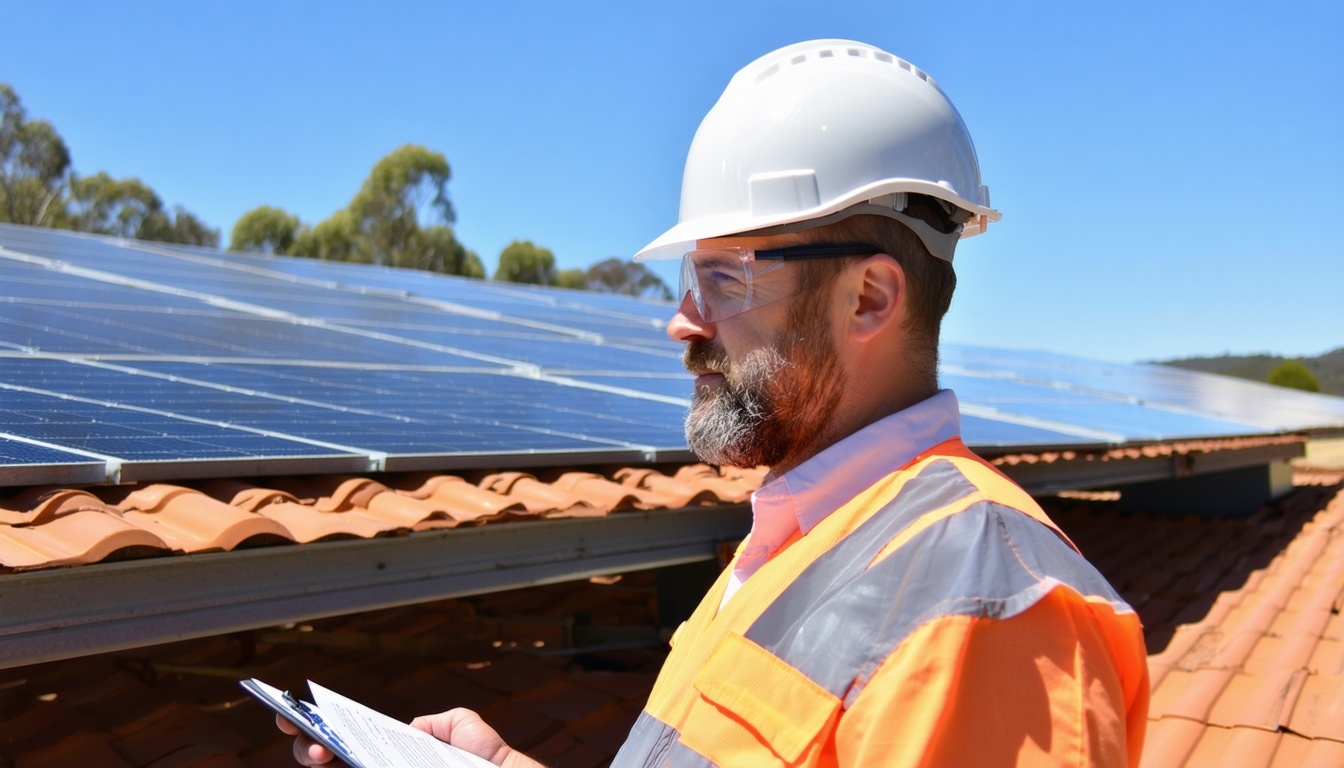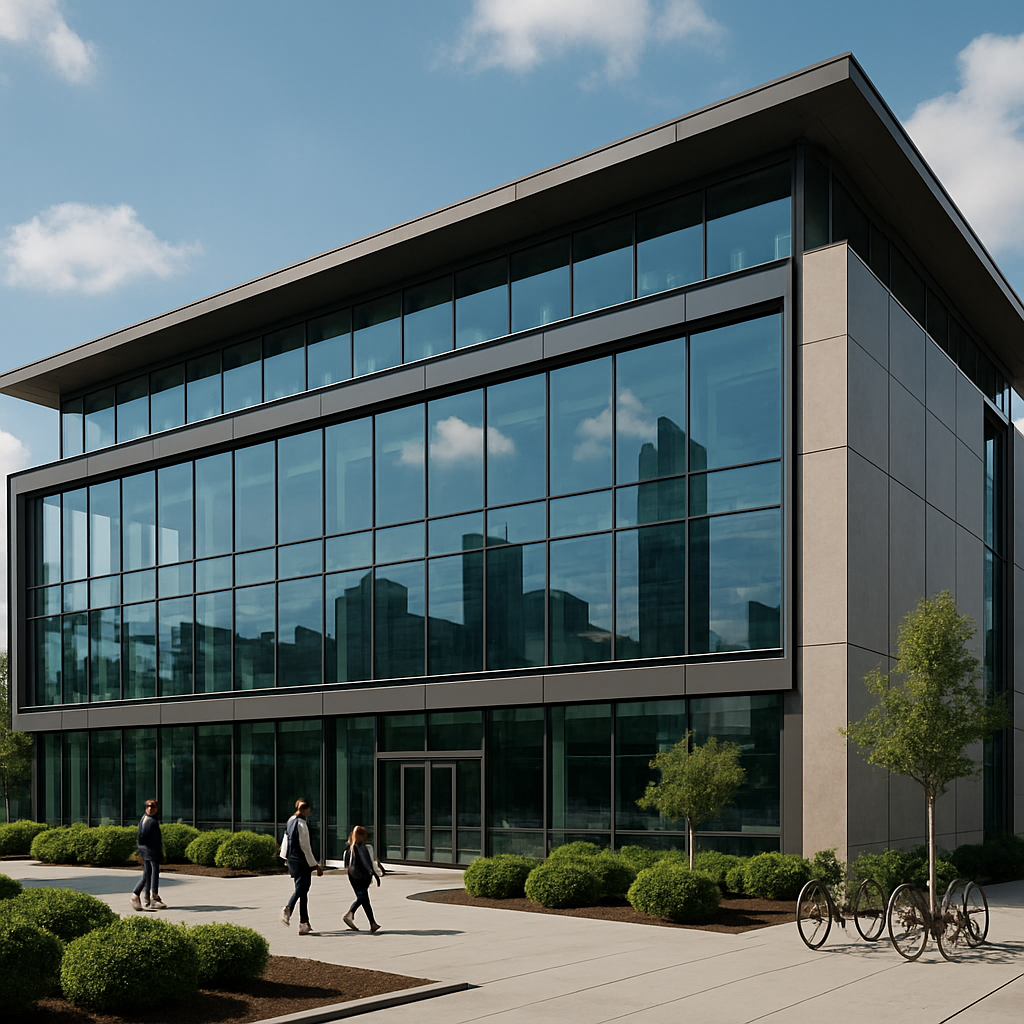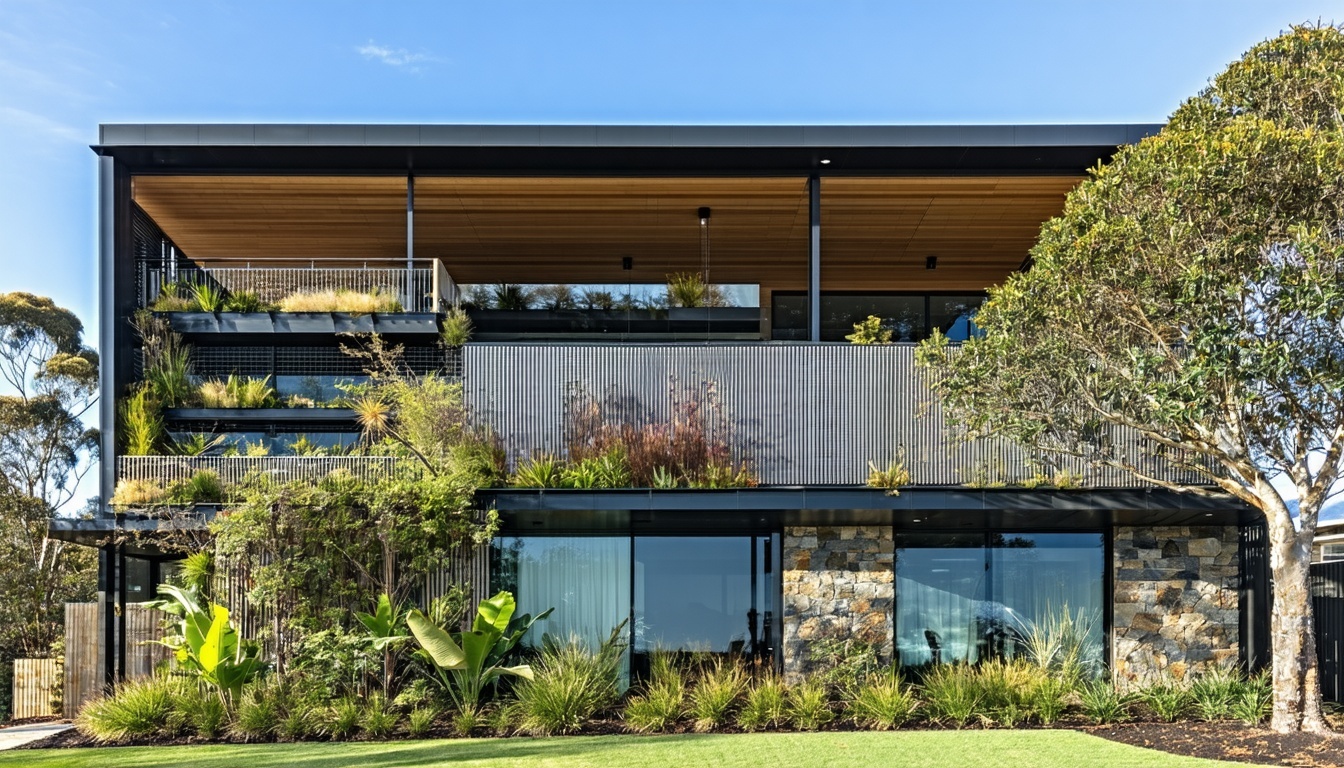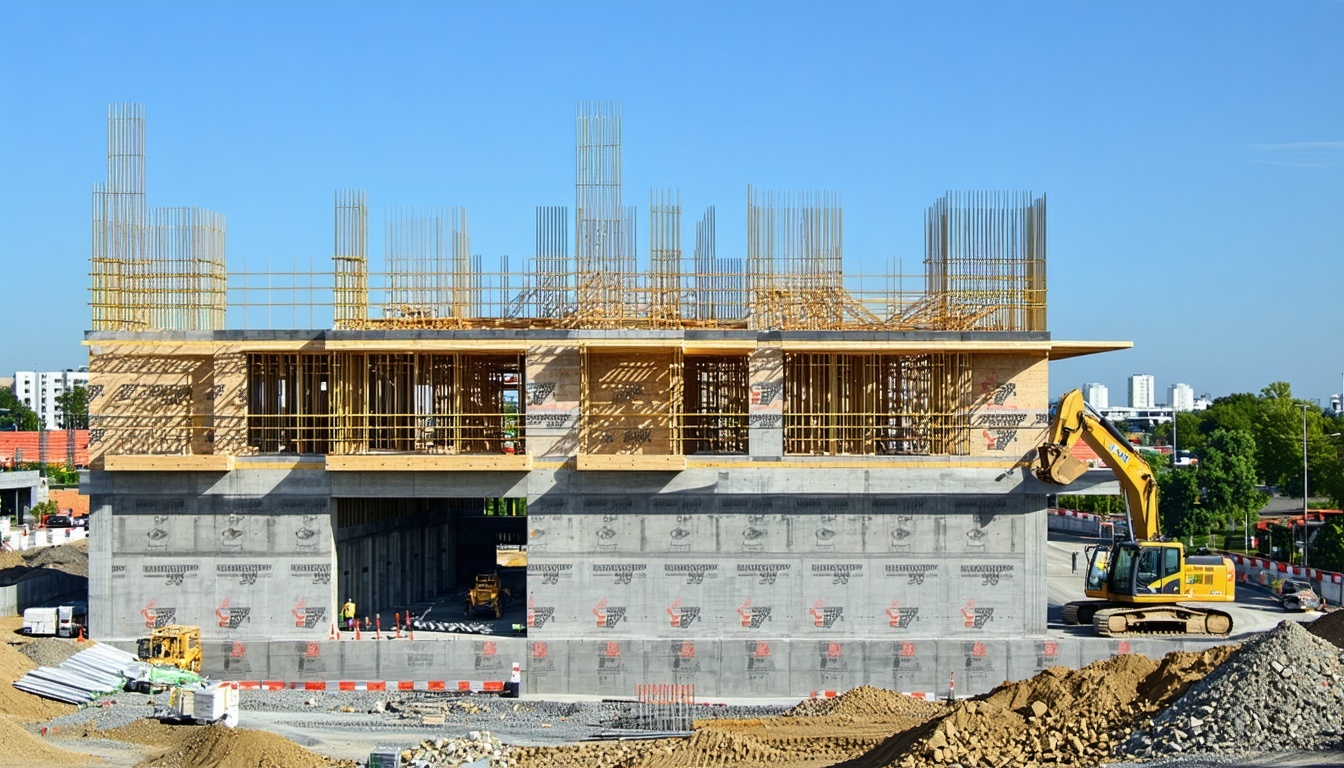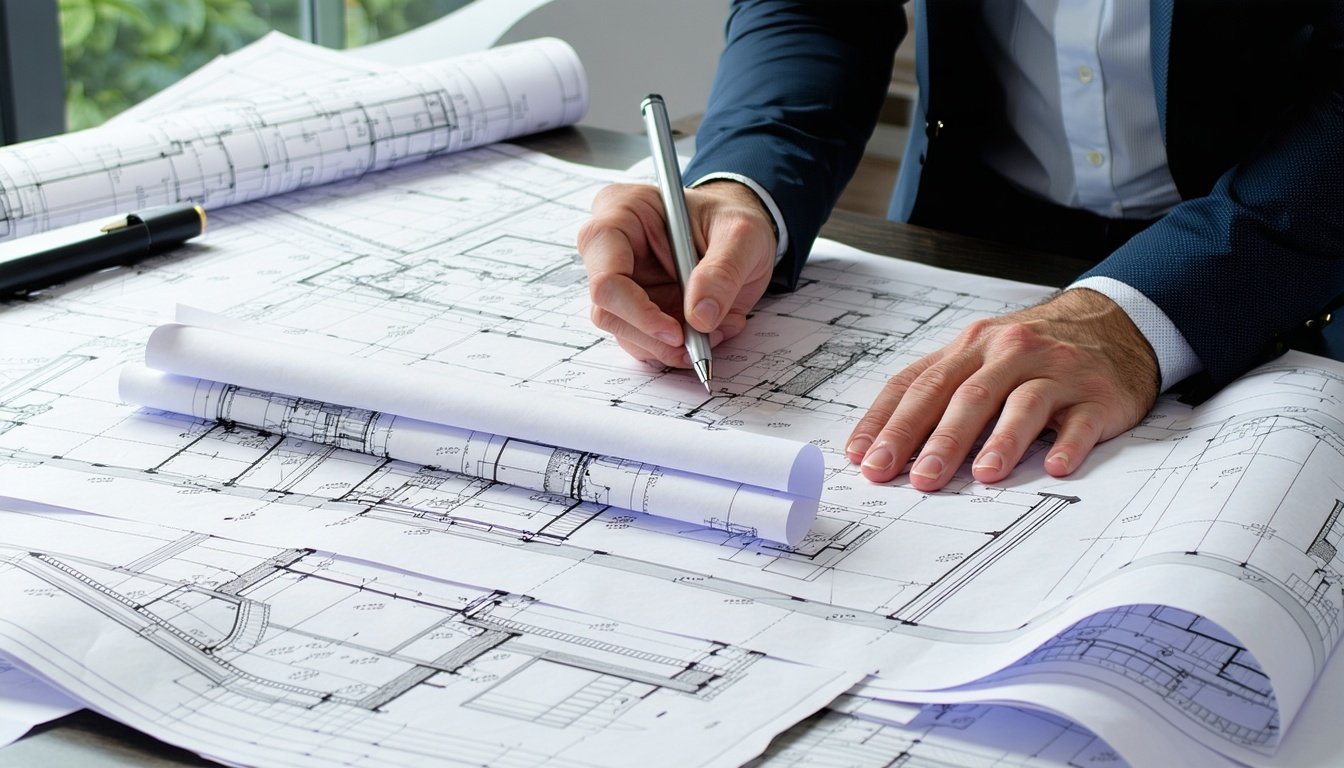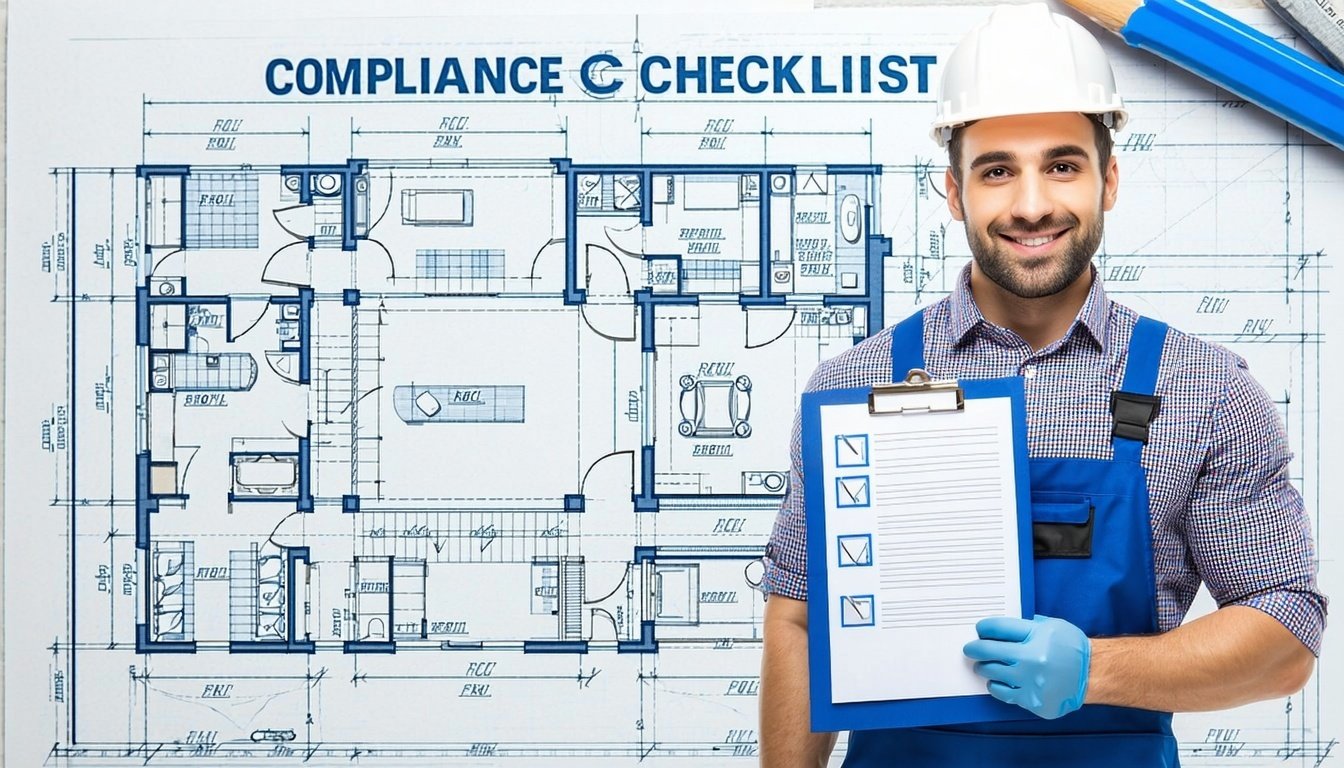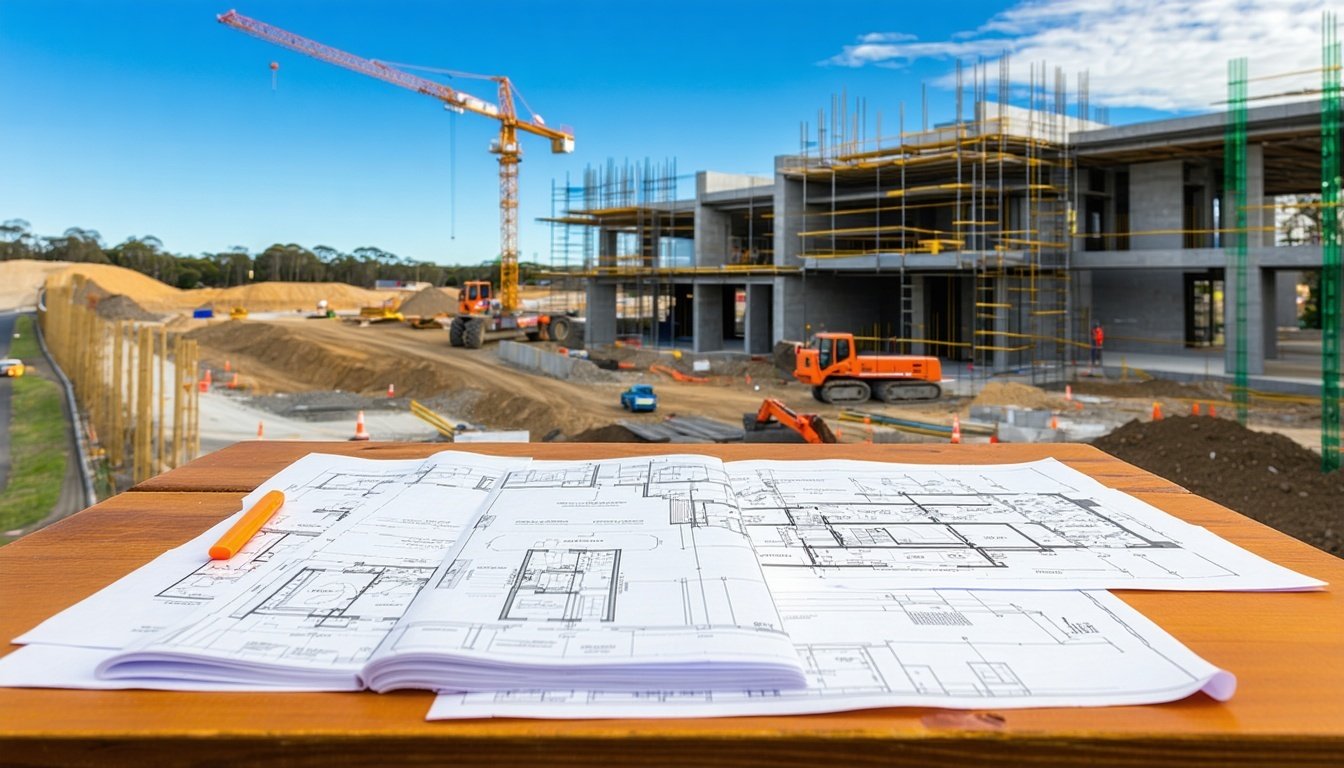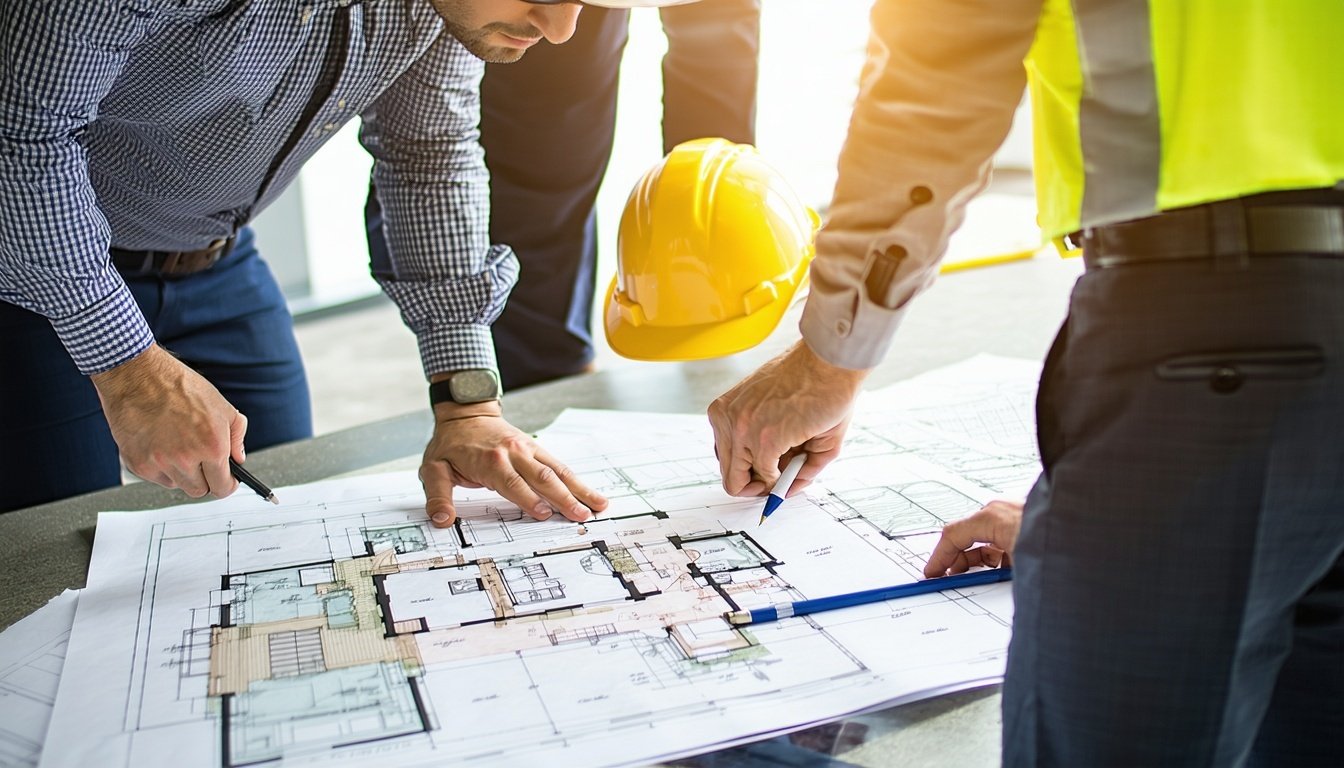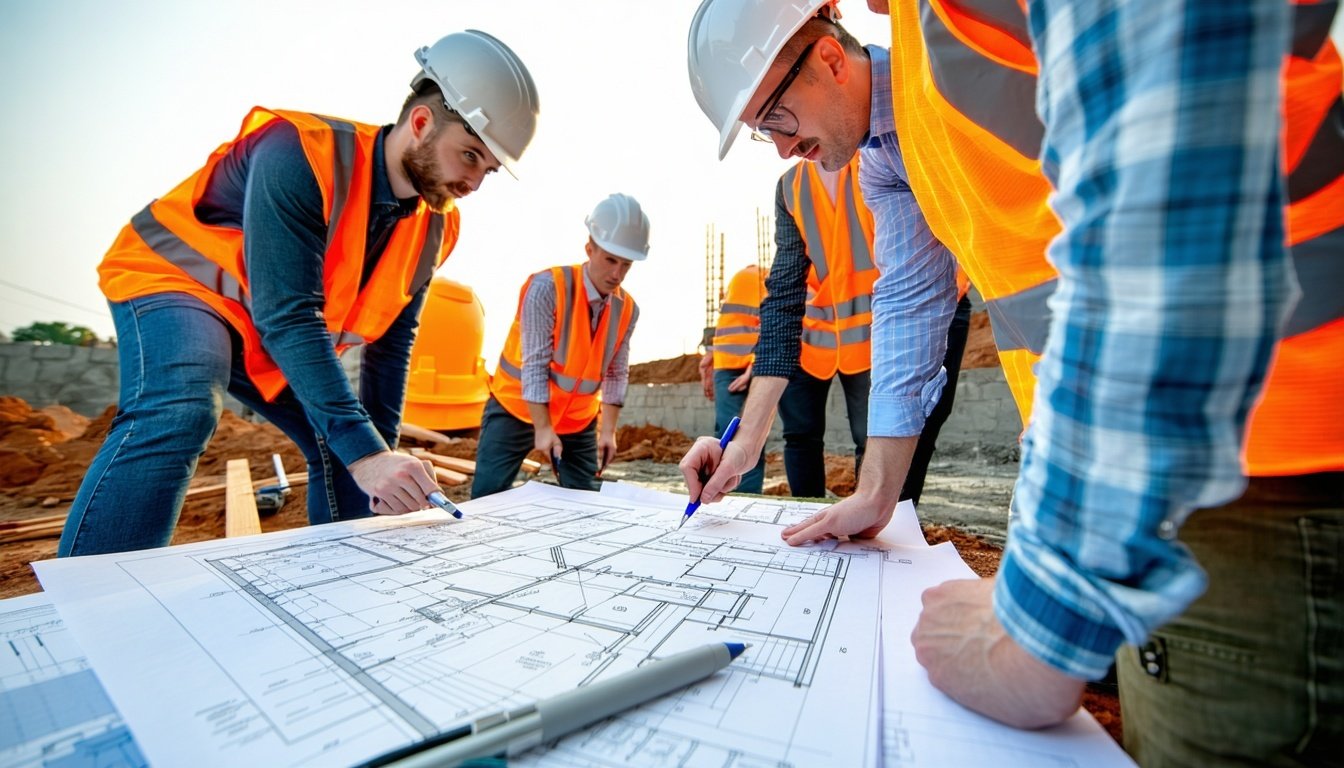Uncover the real costs and timeframes behind JV3 reports and make informed decisions for your next construction project in Australia.
Recent posts by Jamie Bonnefin
2 min read
Discover Realistic Cost And Time Estimates For JV3 Reports In Australia
By Jamie Bonnefin on Sep 19, 2025 2:57:40 PM
Topics: JV3
2 min read
Navigating JV3 Reports for Different Commercial Building Classes
By Jamie Bonnefin on Sep 19, 2025 2:36:33 PM
Unlock the complexities of JV3 reports and discover how tailored solutions can streamline compliance for every commercial building class.
Topics: JV3
2 min read
Understanding JV3 Assessments Under Australia's NCC
By Jamie Bonnefin on Sep 19, 2025 9:52:09 AM
Unlock the complexities of JV3 assessments and discover how they can offer greater design flexibility and energy efficiency in compliance with Australia’s National Construction Code.
Topics: JV3
2 min read
Top Benefits of VURB Assessments for Building Projects
By Jamie Bonnefin on Sep 18, 2025 3:52:49 PM
Discover how VURB assessments can revolutionize your building projects by enhancing efficiency, cutting costs, and ensuring compliance with industry standards.
Topics: VURB
2 min read
Essential Documents for a VURB Assessment
By Jamie Bonnefin on Sep 18, 2025 3:35:56 PM
Ensure a seamless VURB assessment with these essential documents and insights into the process, time frames, and final deliverables.
Topics: VURB
2 min read
VURB, NatHERS, And DTS: Choosing The Right Path For NCC Compliance
By Jamie Bonnefin on Sep 18, 2025 3:23:03 PM
Navigating the maze of NCC compliance can be challenging, but understanding VURB, NatHERS, and DTS will help you make informed decisions for your construction project.
Topics: VURB
2 min read
Curious About VURB Assessment Cost In Australia?
By Jamie Bonnefin on Sep 18, 2025 3:14:36 PM
Are you planning a construction project in Australia and wondering about the Variable Use Building Rating (VURB) assessment costs? Learn everything you need to know about typical price ranges, factors that influence the costs, and how you can save money by making informed decisions about design and documentation.
Topics: VURB
2 min read
What is a VURB Assessment? Key Insights and Benefits
By Jamie Bonnefin on Sep 18, 2025 3:01:23 PM
Unlock the secrets of VURB assessments in the construction industry and discover how they can optimize your building projects for compliance and efficiency.
Topics: VURB
2 min read
ESD Reports In Australia: Everything Developers Need To Know
By Jamie Bonnefin on Sep 16, 2025 5:01:58 PM
Discover the essentials of ESD reports in Australia and how they impact the construction industry
Topics: ESD Consultancy
2 min read
Top 5 Benefits Of Hiring An ESD Consultant For Your Next Development
By Jamie Bonnefin on Sep 16, 2025 4:44:52 PM
Discover the essential advantages of incorporating an ESD consultant in your construction project to ensure sustainable and cost-effective development.




